Herbs are plant species with short, green stems. Herb plants have many medicinal properties, which are reaffirmed from ancient times. You can find several varieties of herb plants in India as it has a large forest area.
In this guide, you will find some herb plants that are found in India.
List of herb plants
- Tulsi
- Ajmod
- Calendula
- Methi
- Ashwagandha
- Stevia
- Giloy
1. Tulsi
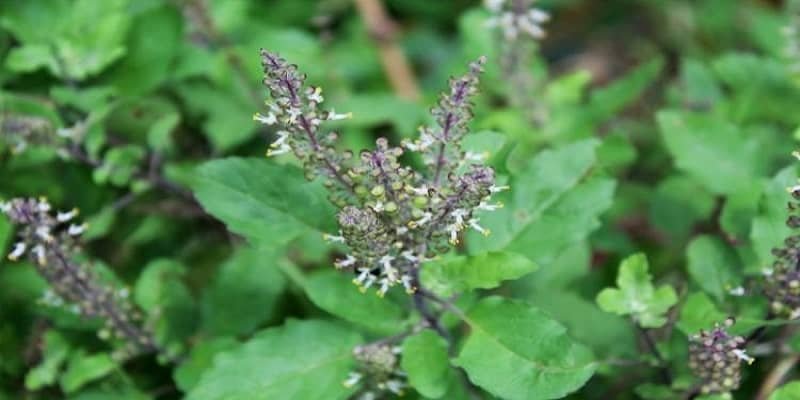
Scientific name: Ocimum tenuiflorum
Tulsi is considered the queen of herb plants. The height of tulsi is about 1 meter. It has a short life. These plants have green and purple leaves. These plants have been used for religious purposes in Hindu Dharma since ancient times. In India, people like to use it for worshipping God. Tulsi provides many vitamins and minerals, such as vitamins A, K, and C, and magnesium, calcium, phosphorus, iron, and so on, which are tremendously necessary to maintain your health.
It has many beneficial properties, which are helpful in treating dangerous diseases such as cancer, heart ailments, fevers, coughs, infections, and kidney stones. You can find 3 different kinds of tulsi. The suitable temperature is above 50 degrees for growing these plants. You can put some homemade manure on these plants to help them grow quickly. You can use leaves and flowers as fertilizers. It also helps to remove negativity from the surrounding environment. These plants need warmer weather.
2. Ajmod
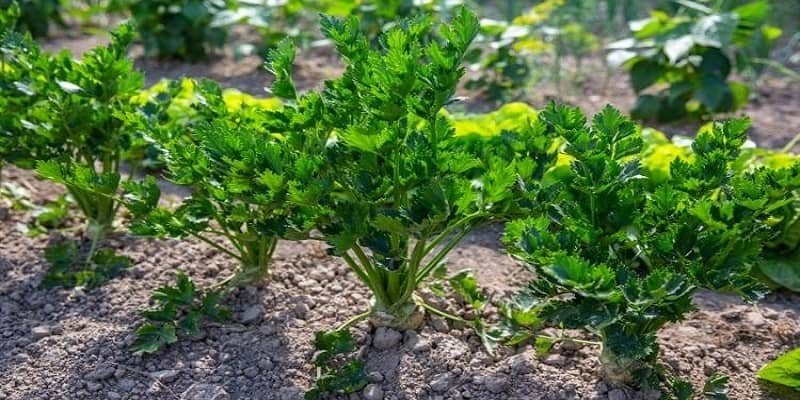
Scientific name: Apium graveolens
In the Sanskrit language, Celery is another name for ajmod. In India, it is popular as one kind of ingredient. According to Bhavaprakasha, celery has two types of wild varieties, namely seseli indicum and thymus serpyllim. These plants have many positive impacts on your body as they help to get relief from diseases such as cancer, infection, blood pressure, and digestion system related issues. These plants are 2 feet tall. Ajmoda is a native plant of South Asia and Indonesia, where it is called “Radhumi” in Hindi. It has amazing aromatic properties, which are useful in cooking to give the best flavor and make dishes more delicious.
For a proper digestion system, you should take 10 to 15 drops of ajmoda juice a day. However, make sure to use it in the right dosage and quantity according to the doctor’s advice, or else it may have a harmful effect on your body. You can make many different kinds of tasty dishes from ajmoda, such as salads, juice, and sauces. It is also used in international food. If you take ajmoda juice, you can also get relief from menstrual discomfort. It has small yellow leaves, and it needs acidic, basic, and neutral soil for growing. The leaves of ajmoda also provide essential oil. Adults can use 1000–1500 mg of celery seed on a regular basis.
3. Calendula

Scientific name: Calendula officinalis
The Calendula herb plant has not a long life cycle. It gives the best fragrance. These plants are at least 80 cm tall. It grows well in high-temperature regions such as North Africa and Eurasia. It is commonly used for ornamental purposes and also in herbal and beauty items. Another name for this plant is marigold. Calendula fights different kinds of viruses and bacteria. Therefore, it helps to get relief from stomach pain. Furthermore, the dried petals of calendula have plenty of benefits in the medical field. It also treats many physical issues, such as regular menstrual periods, reducing fevers, and skin ailments. Calendula contains a chemical that helps to grow new tissues. Consequently, it improves the muscles of the face. It is necessary to take it at an appropriate dose as it depends on various factors like age and health.
4. Methi
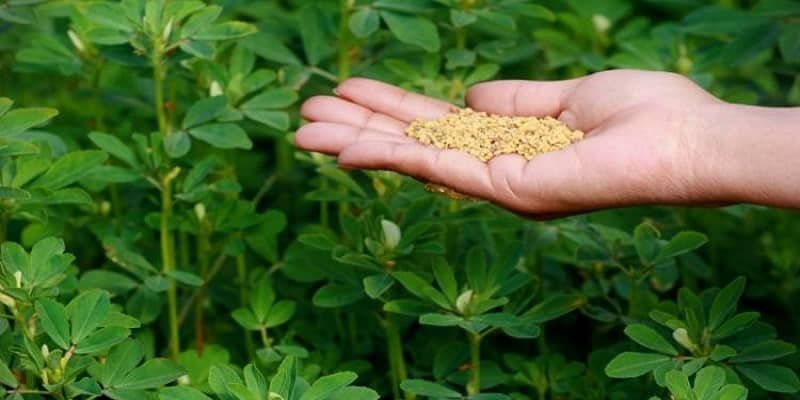
Scientific name: Trigonella foenum-graecum
Methi is one kind of herb plant and it has been well known since ancient times. The plant’s height is about 60 to 90 cm. Methi is available throughout the year, but it is at its peak during spring. Methi contains vitamins as well as fiber and minerals, which are useful for the healthy body in various ways, such as improving the digestive tract, controlling the level of blood sugar, and stomach problems. You can use it as a traditional remedy. You can use it in cooking as a raw material.
In India, you can find these ingredients in almost all dishes as they make dishes more delicious. There are numerous dishes that contain methi, such as salads, aloo methi, sauces, and many more. Apart from cooking, it is also popular in the medicinal field. Methi helps to improve women’s health. Moreover, it is also beneficial for increasing breast milk. Nowadays, Indians consume and cultivate the highest proportion of methi than any other nations. In a few western countries, it is also known as fenugreek.
5. Ashwagandha

Scientific name: Withania somnifera
Ashawgandha is a native plant of India, the Middle East, and Africa. One of these herb plants is likely to be a horse, and its description describes its smell. Ashwagandha is an essential herb plant in the ayurvedic field. It is beneficial for maintaining both physical and mental health. You can use it to treat many diseases, such as diabetes, skin ailments, and fevers, as well. Besides this, it also works as a stress buster. For treating different health problems, you may use different parts of these herb plants, such as flowers, roots, stems, and leaves.
India imports these herb plants from many other western societies. You can get relief from heart ailments by using the ashwagandha herb plant. On the downside, it is detrimental to your health when you take an improper dose. It may upset the digestive tract and cause vomiting. Therefore, it is necessary to check the quantity of dosing before consuming it.
6. Stevia
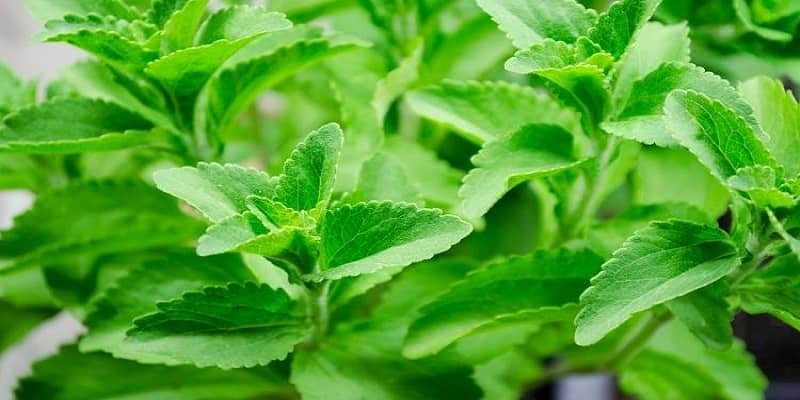
Scientific name: Stevia rebaudiana
The Stevia plant was popular in India before 2 decades. The Stevia herb plant is also known as the sweet leaf as it has the most fragrant leaves. The plants’ height is 30.5-80 cm. It has beautiful flowers, but to improve the productivity of its leaves, it is necessary to remove the flowers from the plant. Dry weather is the most appropriate weather for growing it quickly. Stevia provides a valuable substance, which is responsible for the best taste in various foods and beverages. Stevia gives a sweet substance, which is 50-400 times sweeter than sucrose.
Interestingly, it does not have any negative effects on the level of blood sugar. For maintaining stevia herb plants, you need a large space with a high temperature. It also has many positive impacts in the medicinal field in maintaining a healthy body. At least six states in India that grow stevia plants, such as Andhra Pradesh, Punjab, Karnataka, Madhya Pradesh, and Arunachal Pradesh, require more nutritional properties for better growth. There are 2 types of species of these plants in India.
7. Giloy
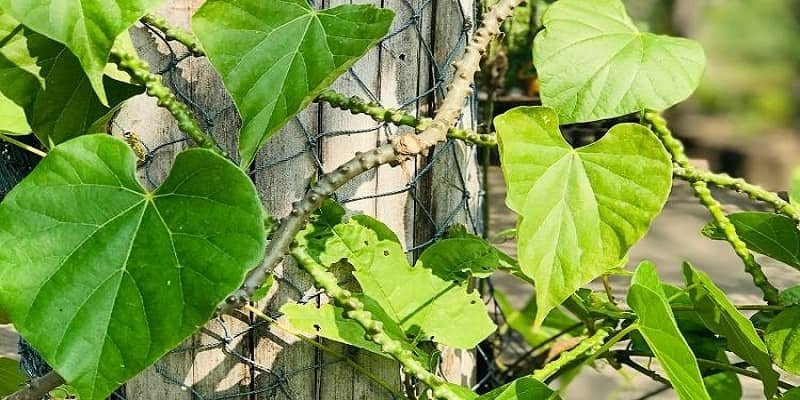
Scientific name: Tinospora cordifolia
Giloy is a climbing shrub and it has long leaves. All types of soil are suitable for these herb plants to grow. These plants should not require chemical fertilizers and pesticides. You may use a little manure from your farmyard and vermicomposting according to the plants’ requirements. The stems of these plants help to remove health problems. In the case of snoring, you can use giloy roots for treatment. All parts of this plant are used in diabetes treatment.
The above mentioned herb plants are all found in India and they all have their influential properties in different fields. If you lived with your grandfather, you would know about herb plants. Thus, you are blessed as you know about herb plants. Herb plants provide many essential chemical compounds from their various parts of the plant, which helps in many different kinds of fields. In the medical field, these plants work as blessings, providing nutritional substances.
Hope, you liked reading the guide. If you think we have missed something or have any suggestion, please drop valuable opinion in the comment section below.
If you are searching fresh and live houseplants online then checkout our extensive collection of amazing indoor and outdoor houseplants.

